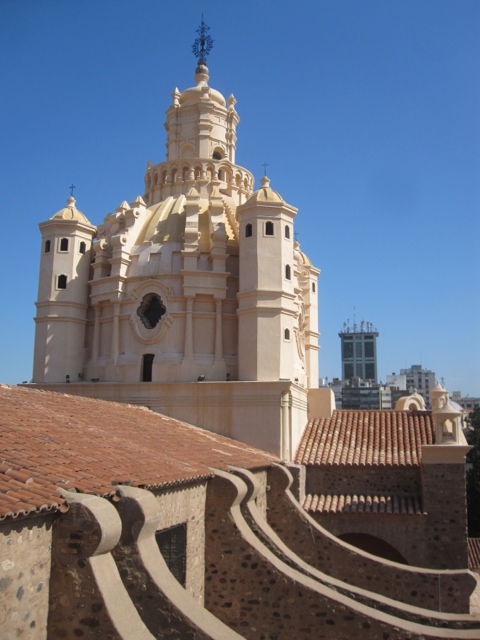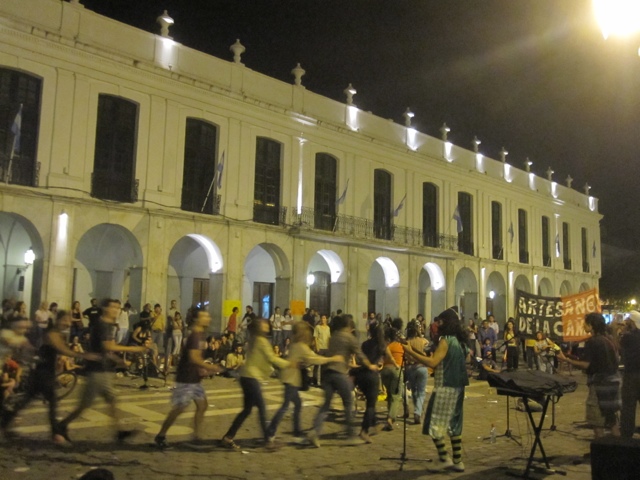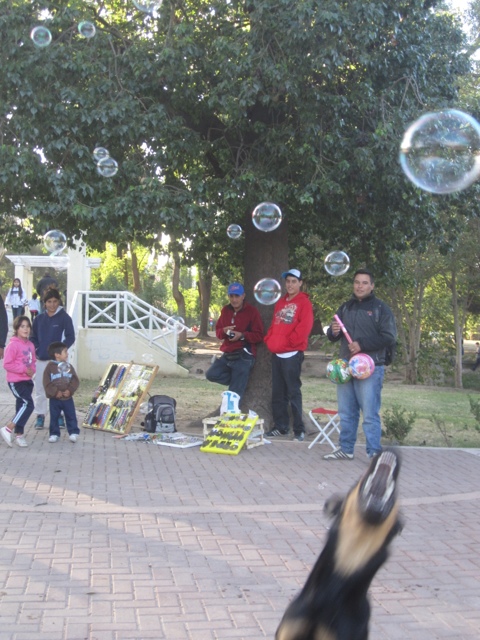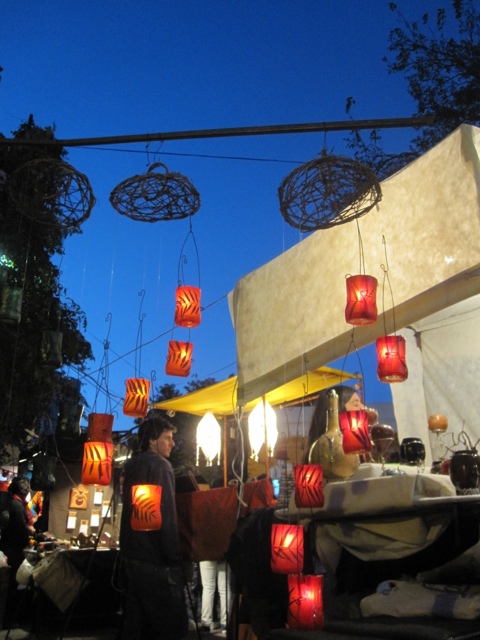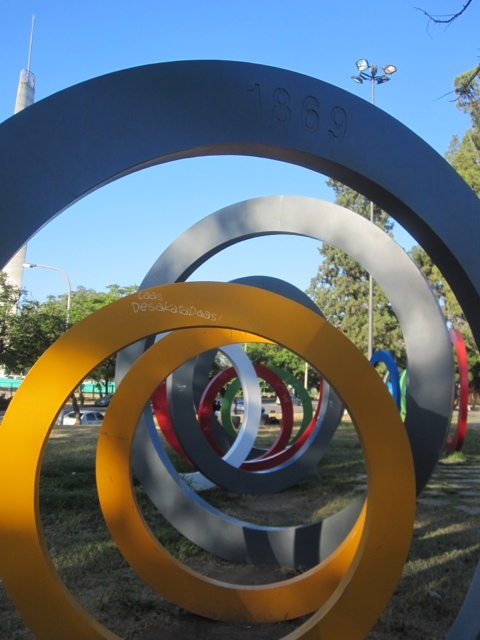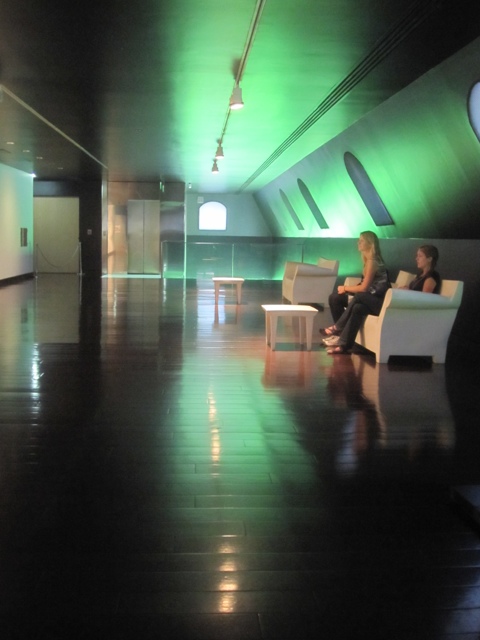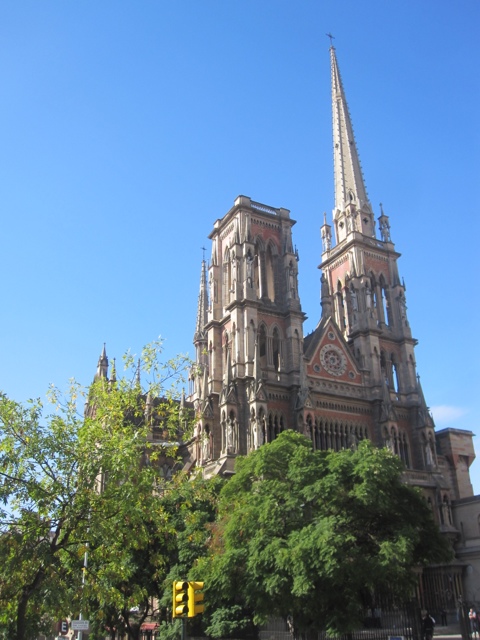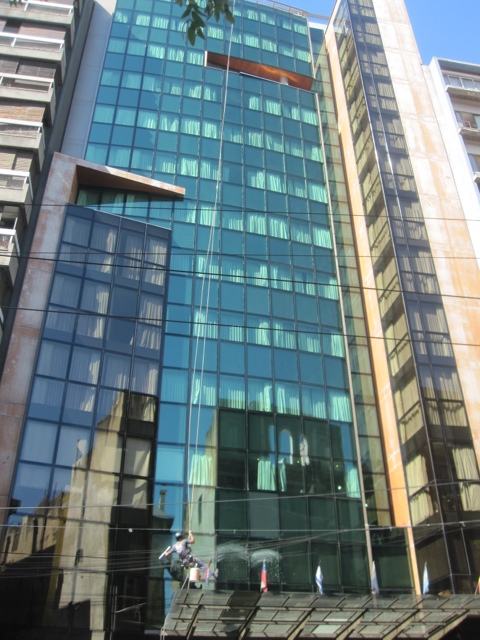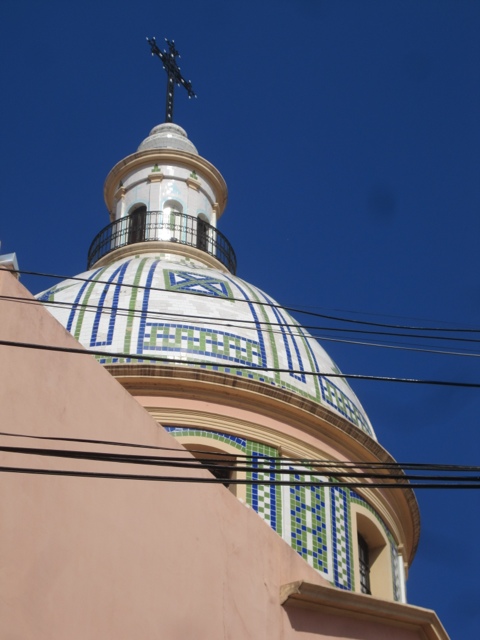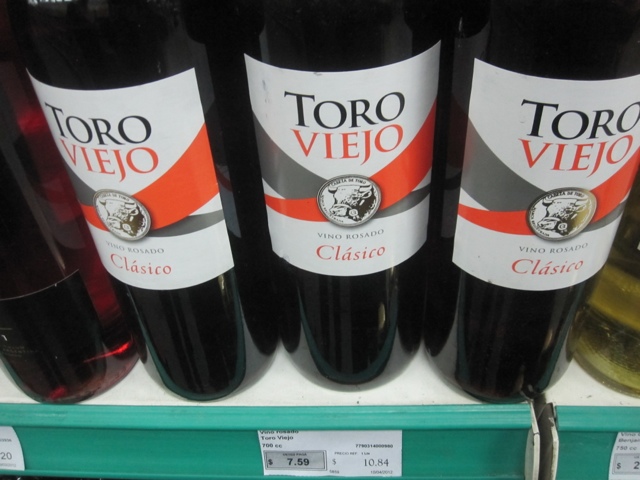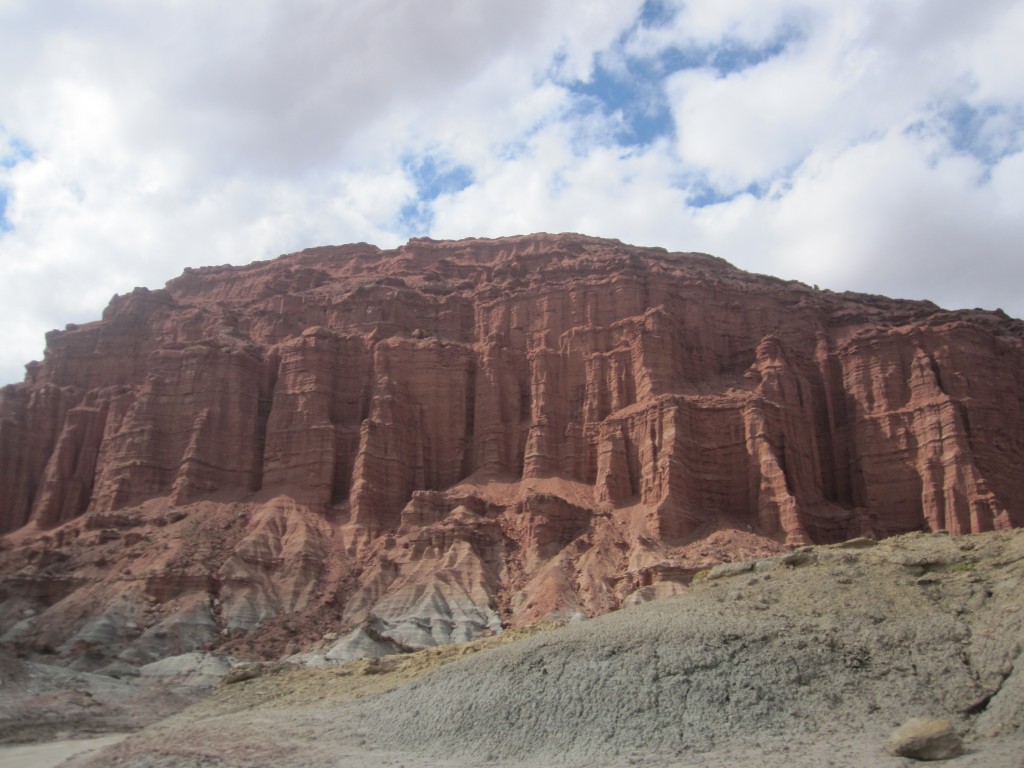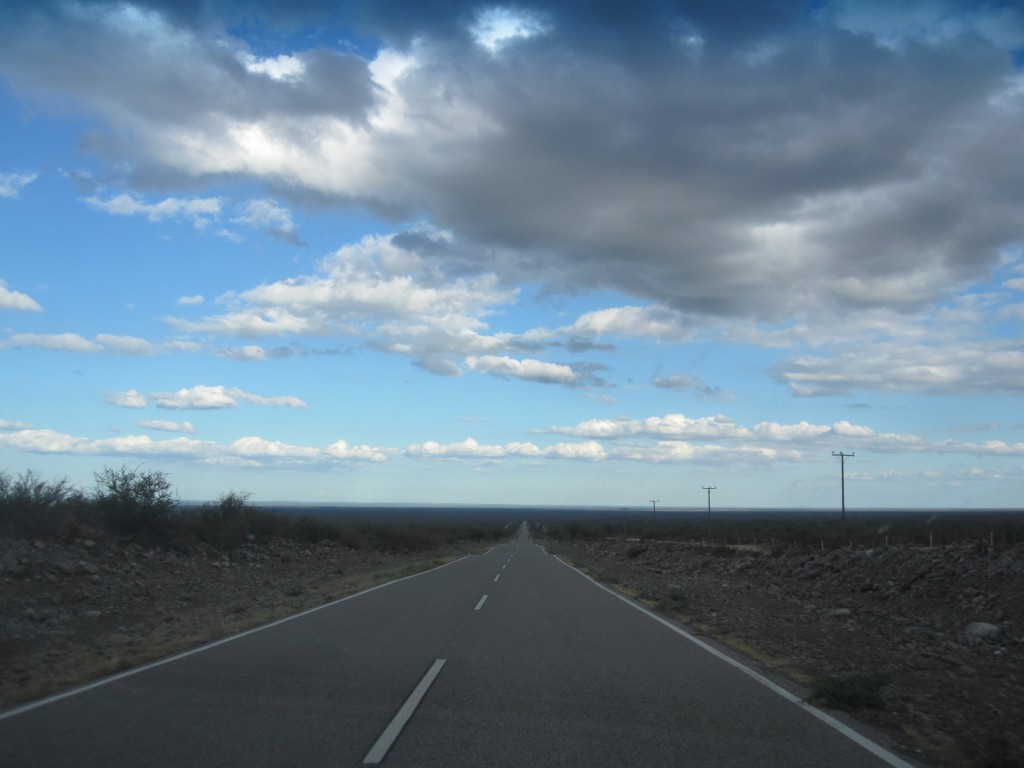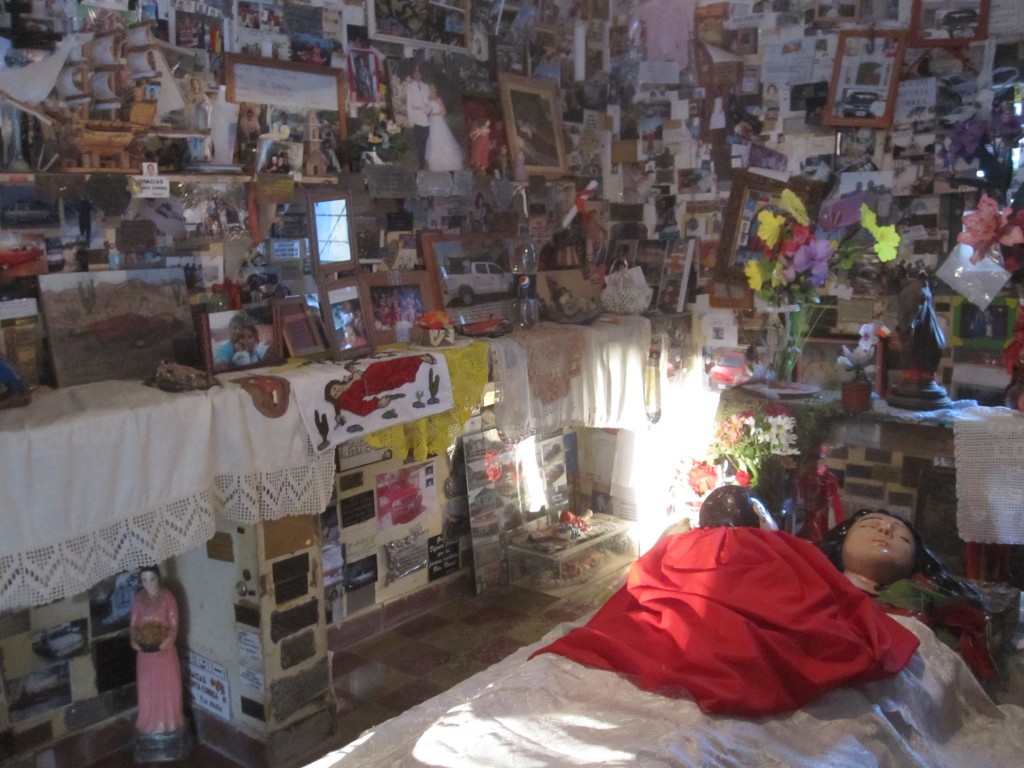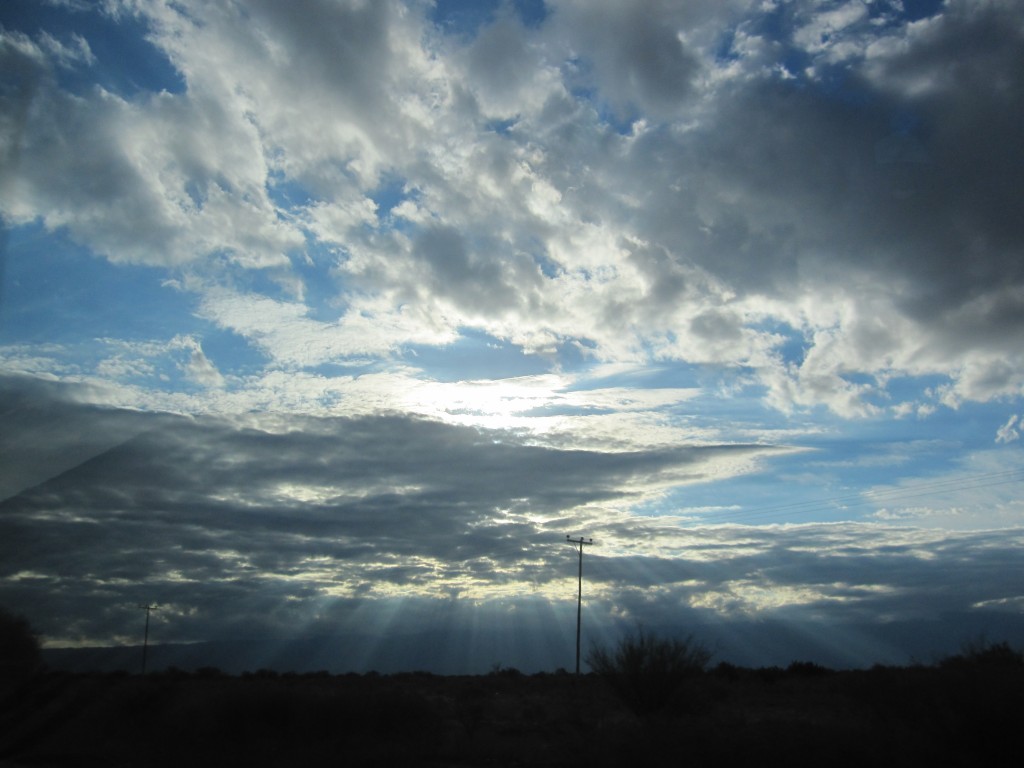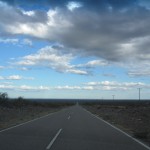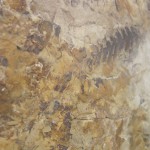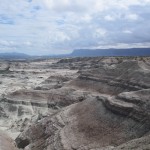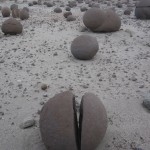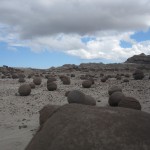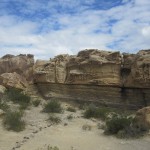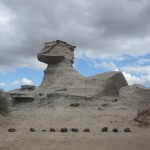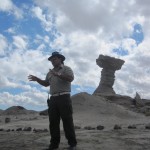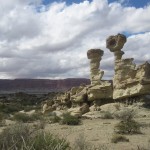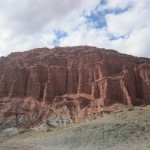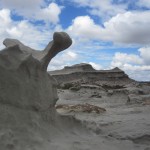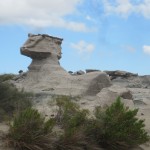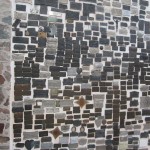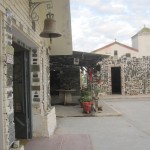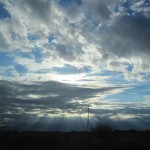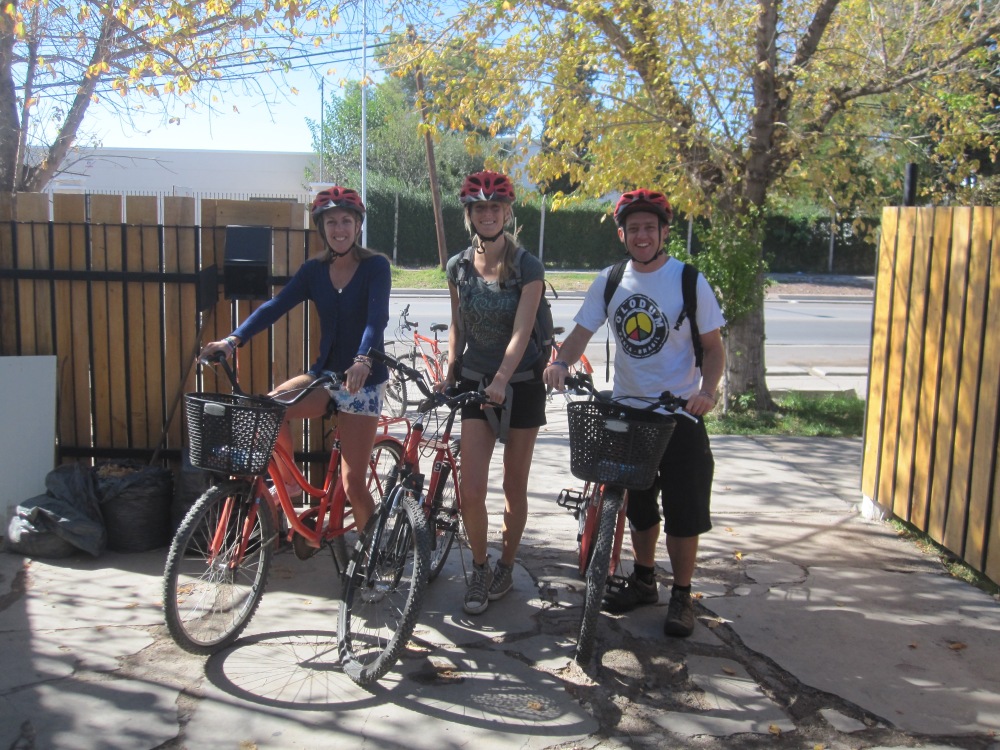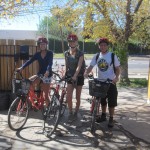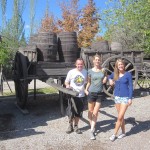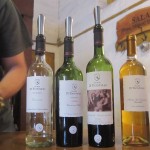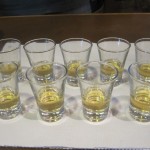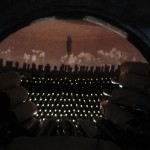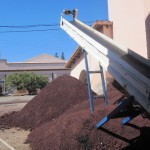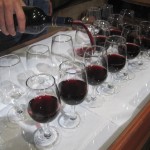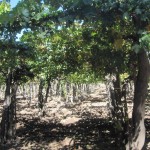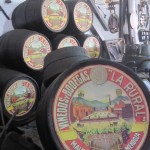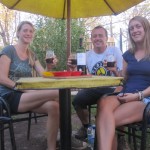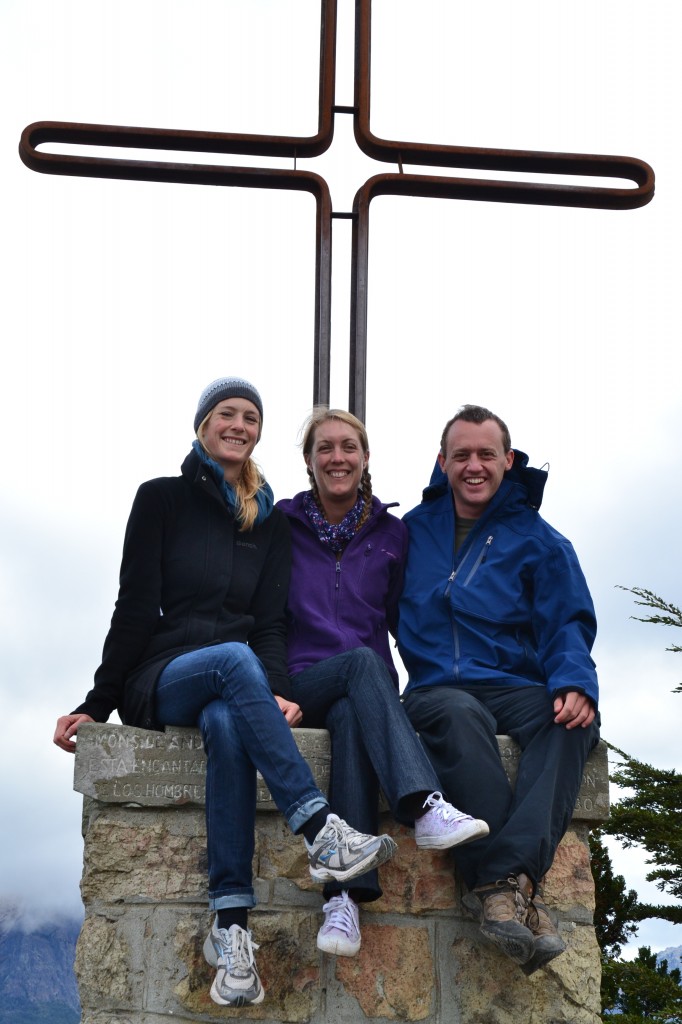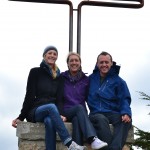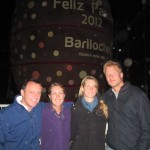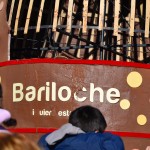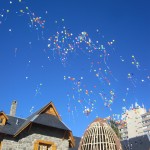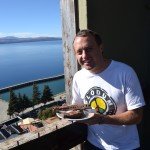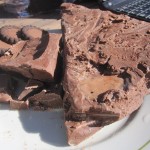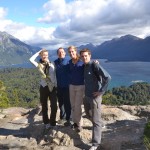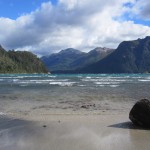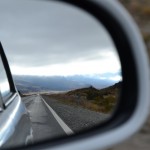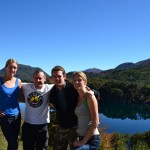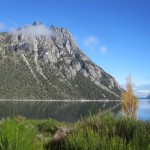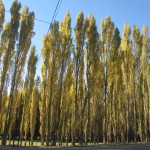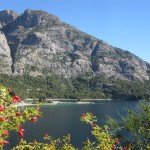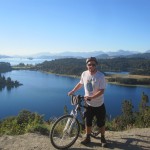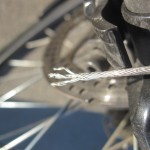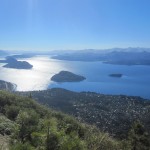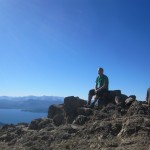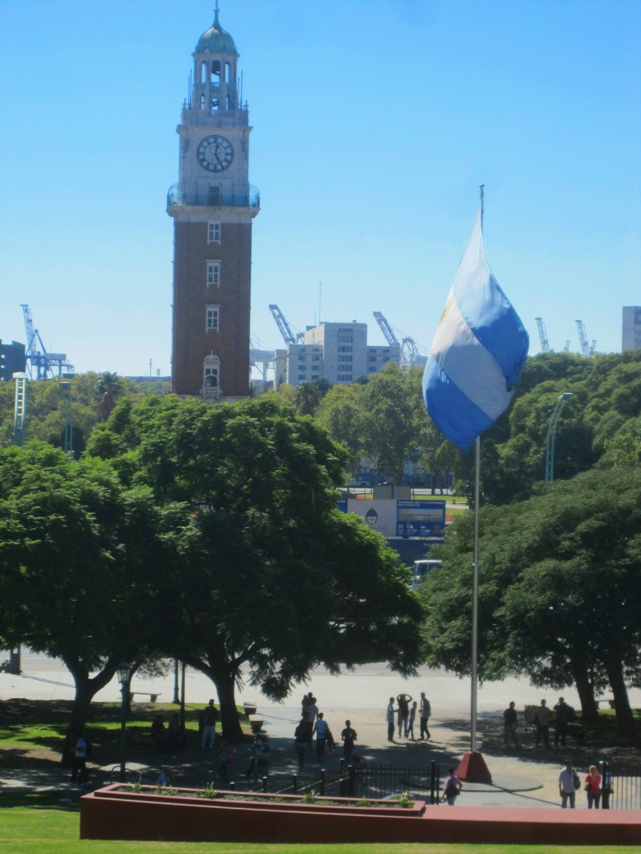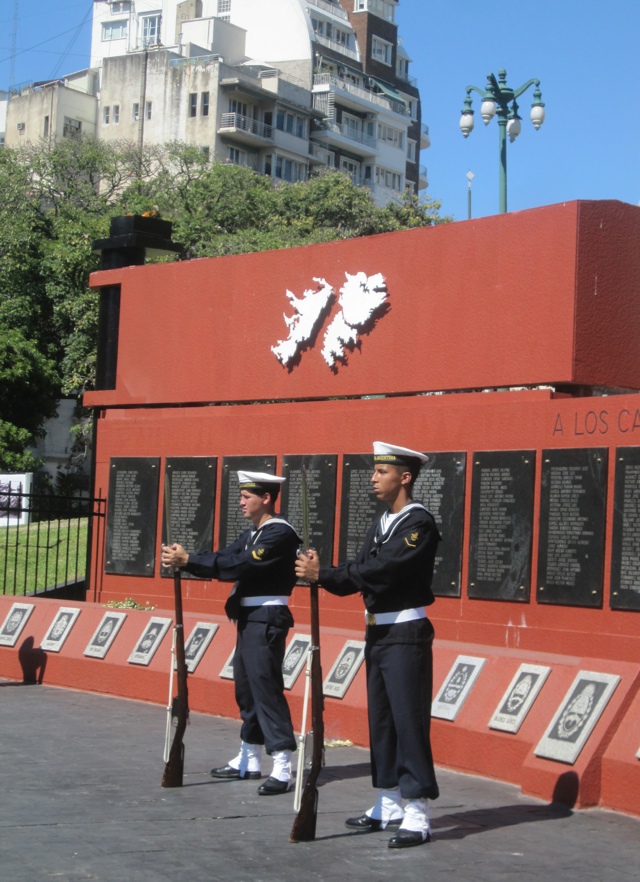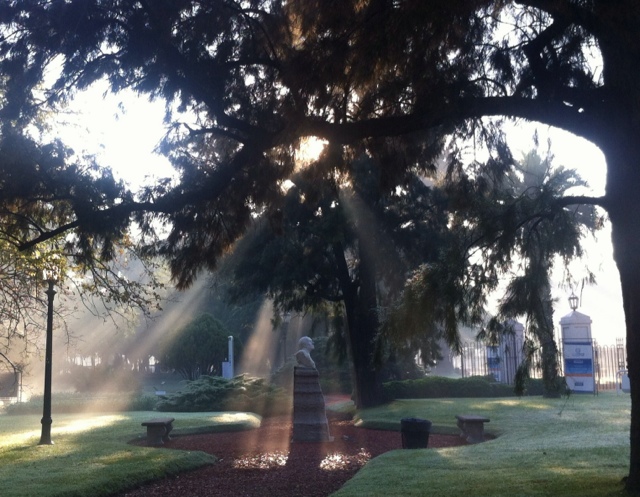We’re in Cordoba, Argentina’s second city, a thriving mix of students and culture with a fantastic energy and warmth. There are 130,000 students here and you can really feel it.
We’ve just spent the morning on a tour of the university, where we were given an impassioned introduction to the issue of ethnicity in Argentina, and particularly the question of its heritage. Essentially the argument is that in their quest to be European, Argentinians have forgotten some of their roots, with ‘invisibilisation’ of the African blood that made the country much of what it is today. It was a convincing argument.
Rosa, the curator of the exhibition, made the case that just because black faces aren’t immediately visible here doesn’t mean there is no African ancestry. In fact, a DNA study showed that 8% of Cordobans have African lineage. Many of the city’s buildings were constructed by African slaves, and although many were killed during the civil war, some survives and settled – and their descendants are around today. Most interesting of all, in the 2010 census, just 1.5% of Cordobans said they had African ancestors – so the question is where the difference comes from.
She argued that Argentinians have long believed themselves to be more European than the rest of South America, and that in emphasising this, the African element has been lost in the retelling of history. It was particularly interesting to hear her tell of the discovery of various artefacts which proved there was a strong African influence in Argentinian culture in the past – and from the period after the civil war, when the conventional narrative says there were no Africans left. Its been the case throughout history that ideas which go against the norm are much harder to get accepted and this was no exception. However, I was still surprised to hear that the academics who made the find rejected the pottery outright as fake because it didn’t fit with their expectations. Surely that’s the whole point of the scientific process!
Alongside the pottery, we were presented with many examples of African influence in modern day Argentine culture, perhaps the most striking being the word ‘Tango’ which emerged in the late 19th century. The European rationale is that it comes from the Latin ‘to touch’, but the name is also very similar to the word used to describe the place the (african) slaves used to clean in order to
dance. The university has enlisted various ‘obviously Argentine’ celebrities to drive their point home, with research being done into their histories revealing the African blood they have despite not being black.
That isn’t to say that Argentina is a country where we felt there was endemic racism, or indeed anything other than a flourishing multicultural society. However, it is fascinating to see such a vivid example of how the generally accepted consensus and fashion can be wrong – and how academia can (at least at one point in the past) fail to correct it. Our guide who was in her thirties told us that when she was growing up, the commonly word for a black child from a mixed race marriage was ‘salto atrás’, or ‘a step back’. It’s not hard to see how in that context, and with the fashions of Europe swirling around Argentinian popular culture, the African element has indeed become invisible.
Simon
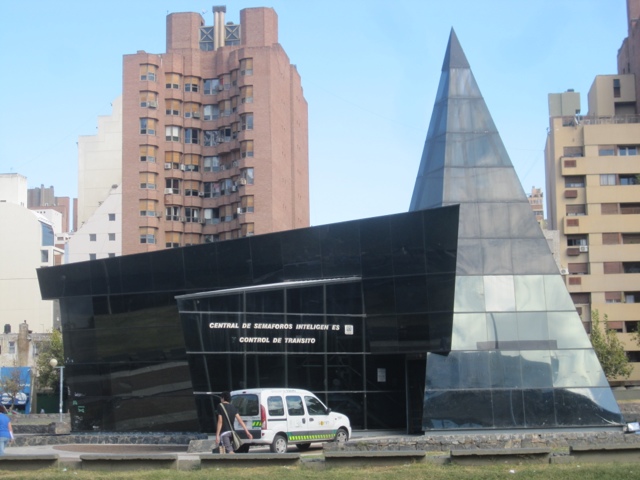
Right in the middle of one of the main squares is this building. Yes, you read it right - the traffic light intelligence centre!
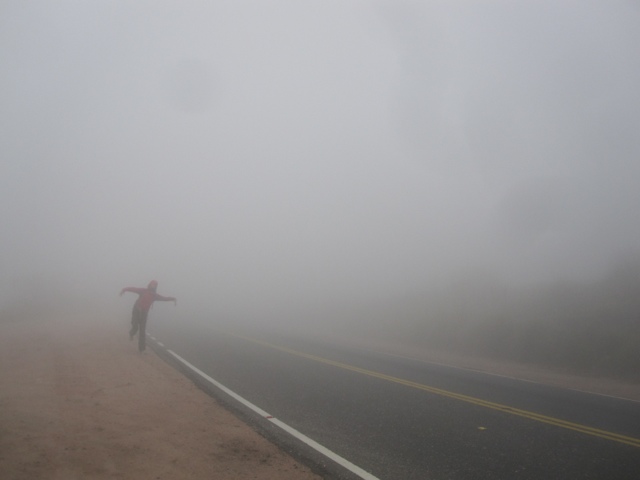
Karoline and I went walking in the National Condor Park one misty day. This impression was as close as we got to seeing a Condor!

